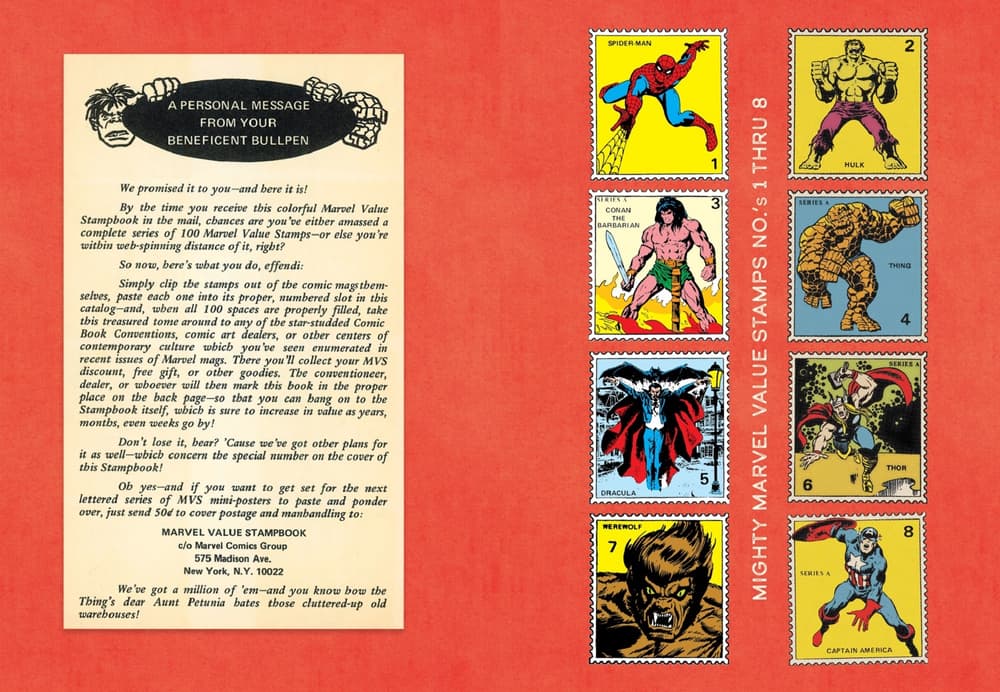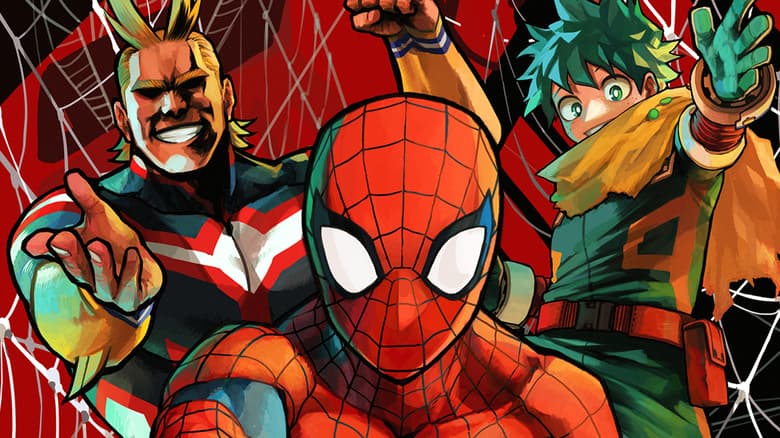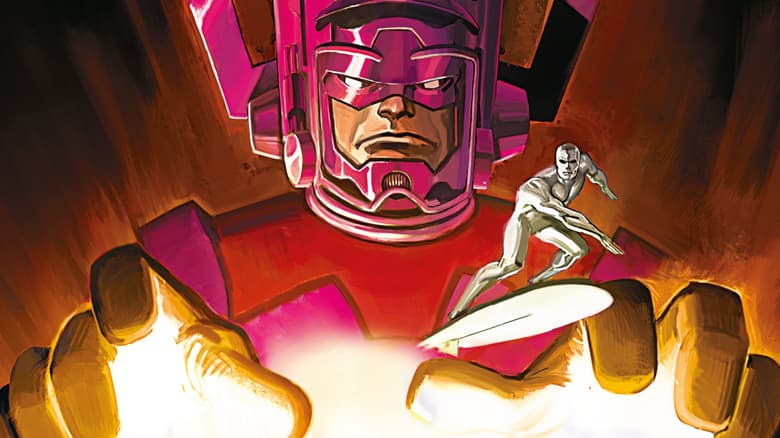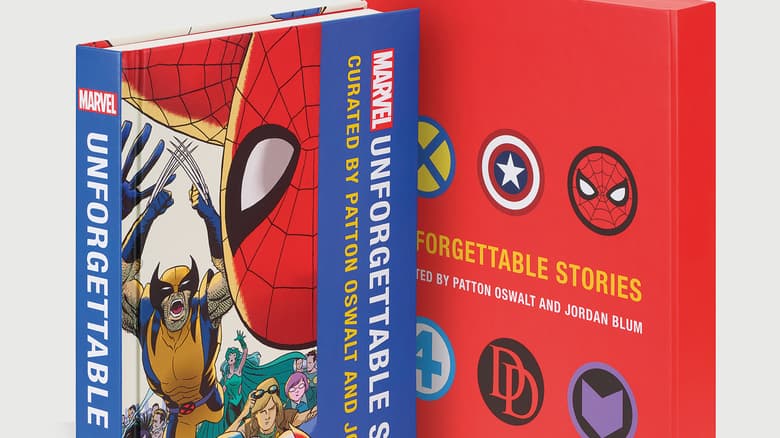Revisiting the History of the Marvel Value Stamps with Roy Thomas and Charles Kochman
Collected for the first time in full, ‘Marvel Value Stamps: A Visual History’ contains all the original stamps and source material behind the fan phenomenon of the ‘70s.
NEW FROM ABRAMS BOOKS: GRAB YOUR COPY OF MARVEL VALUE STAMPS: A VISUAL HISTORY NOW!
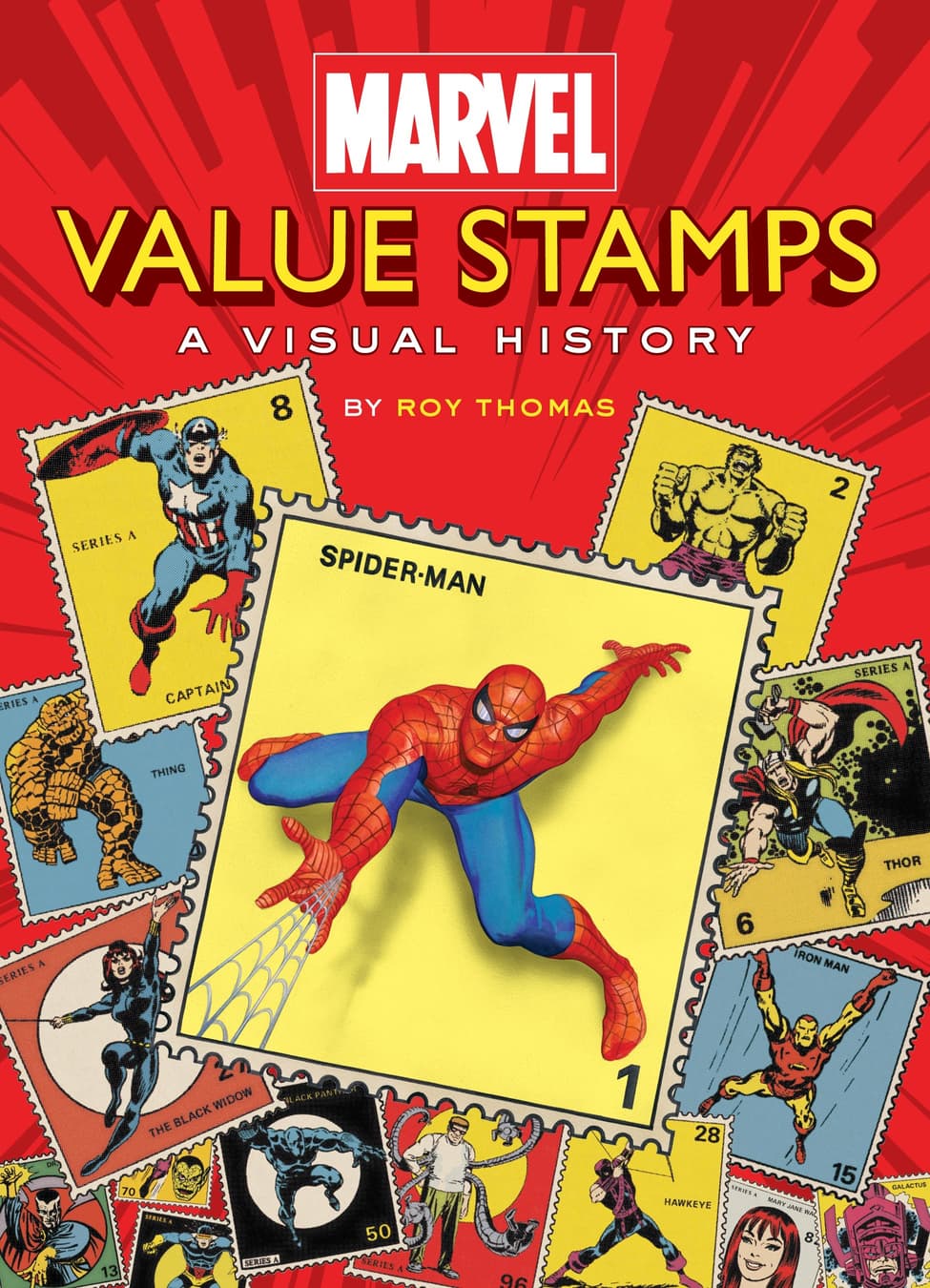
In 1974 Marvel Comics publisher Stan Lee devised an ingenious promotional campaign—Marvel Value Stamps, which appeared on the letters pages of their monthly comics. Readers could cut out all 100 of these Super Hero and Super Villain stamps and place them in a special mail-order booklet. Once complete, these stamp books could then be redeemed for special discounts and exclusive merchandise. The program was so successful, a second set was released in 1975. And now, for the first time, these original stamp books, stamps, and all of the surrounding ephemera and source material are collected into one must-have volume for collectors and fans from Abrams Books: Marvel Value Stamps: A Visual History. Paired with text and inside history from legendary Marvel creator Roy Thomas, this one-of-a-kind book also features an all-new cover by Alex Ross.
We spoke to Roy Thomas, former Marvel Editor in Chief, and Charles Kochman, Editorial Director of Abrams ComicArts, for the inside story behind one of Marvel Comics’ most influential—and inspired—promotional campaigns.
To set some background: Roy, can you tell us about your entry into Marvel Comics and your mentorship under Stan Lee?
ROY THOMAS: After taking what was called a “Marvel writing test” in early July of 1965, I met Stan Lee and was offered a job about 15 minutes later. I was at the time at the beginning of a job as assistant editor on the “Superman” titles at DC, so I left that job for Marvel and Stan. Stan became a sort of mentor and teacher, to a greater degree probably than with anyone else before or after (except perhaps to some extent his younger brother Larry Lieber), because he would go over with me and the production manager, every morning he was in, the scripts he had written and the artwork he had edited the day before, often explaining what he did and why. This was, of course, in addition to his editing and admonitions concerning my own early work, which was most evident in the early jobs: a few “Millie the Model” and “Patsy and Hedy” stories, two late [Steve] Ditko “Doctor Stranges,” Gene Colan's very first IRON MAN story, and my first SGT. FURY and X-MEN and even AVENGERS scripts over the next year. Over the next few years, as Stan got busier with other things, including personal appearances and the like, I gradually assumed more authority editorially, though always subject to him, of course.
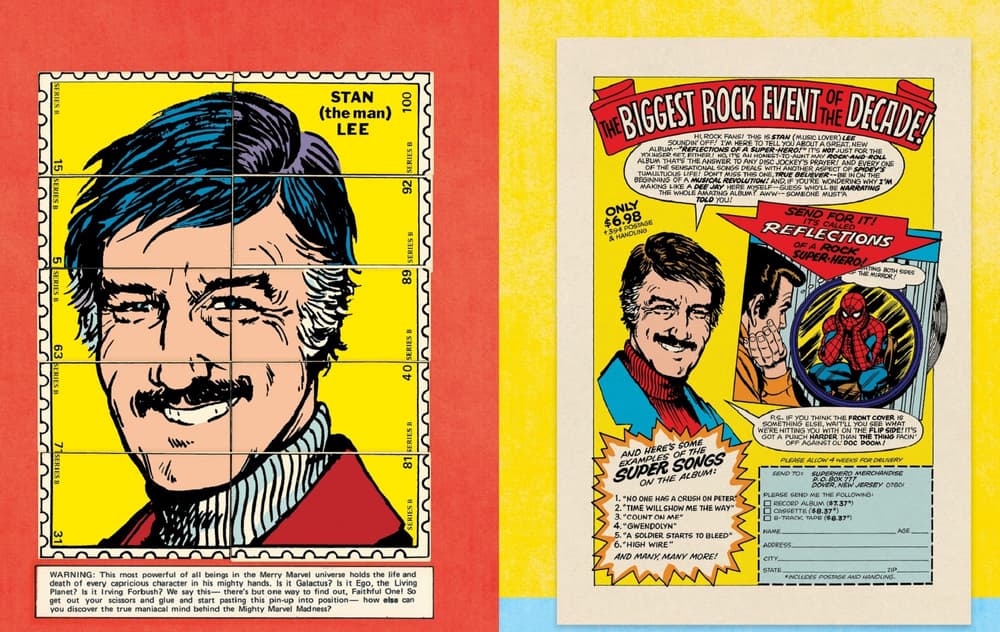
What do you remember about the evolution of the Marvel Value Stamps program as it began in the United Kingdom?
CHARLES KOCHMAN: Marvel was trying to get a foothold in the UK market, so they released a reprint title called THE MIGHTY WORLD OF MARVEL (the first issue is cover dated October 7, 1972). The comics launched with a promotional campaign for a free poster, which could be redeemed by cutting out and sending in specially designed coupons (i.e.: stamps), which appeared in the first ten issues. This proved so successful, it was repeated the following year in the pages of SPIDER-MAN COMICS WEEKLY. Stan Lee was heavily involved in this initiative, and two years later brought the idea to Marvel’s comics in the U.S. It’s clear that without the UK coupon campaign, there would not have been any Marvel Value Stamps. We have Robert Menzies to thank for this detective work, who reached out to Roy Thomas as we were working on Marvel Value Stamps: A Visual History. He provided us with scans of this rare UK material, and also solved the mystery of the Spider-Man poster, which you can read about in our book.
ROY THOMAS: I knew nothing about it, so far as I recall, until a few months ago when Robert Menzies in the UK told me about the coupon placement in the Marvel UK magazines about a year before the similar Marvel Value Stamps were put in the Marvel books in the U.S. But the UK material, too, was Stan's idea... so when he came up with the MVS concept, he was merely recycling and adjusting something he'd put in play earlier.
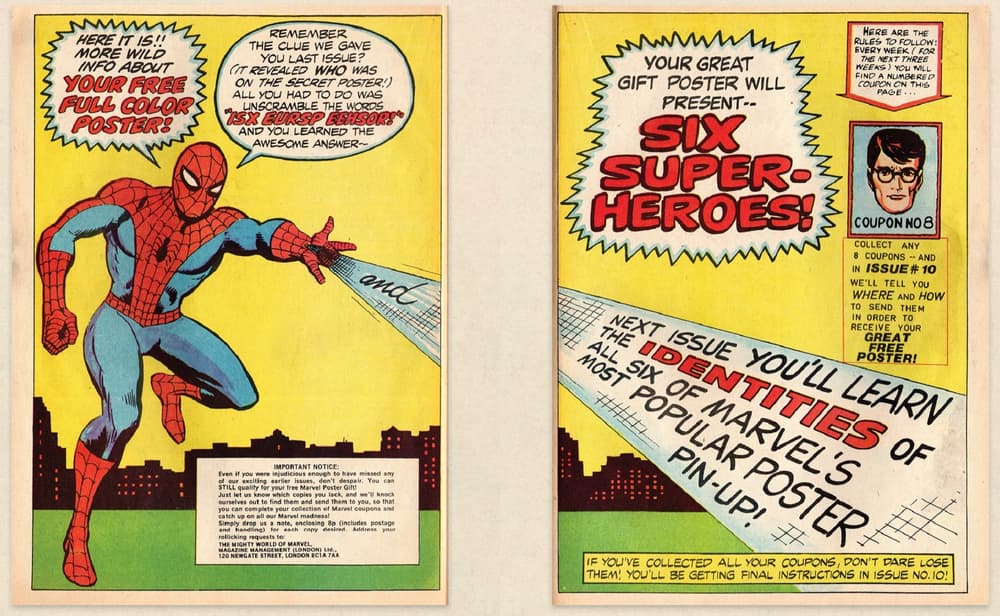
Roy, were you and Stan surprised by the initial success of the program?
ROY THOMAS: Well, they were about as successful as Stan wanted them to be, in that people cut them out, collected them, used them to gain a few perquisites at comic conventions, etc.… except that once it got started, I think Stan really had no great follow-up in mind, and I think he gradually lost interest in them. But he had been truly gung-ho enthusiastic about those stamps, which were his idea, at the start, as I detail in the book. They were all his notion, and they were guided by him from start to last.
For its second set in 1975, how did you determine which content to feature?
ROY THOMAS: I really don't recall. For the first set, someone clearly made up a list of 100 characters to appear in the first round of stamps, but whether it was Stan, or myself, or John Romita Sr. and/or Marie Severin, or some other young staffer with Stan’s and my approval, I have no idea. For the second set, I suspect Stan came up with the idea, since it was a bit simpler... a big picture cut into the pieces of a puzzle. Again, it was entirely Stan's baby. I was interested in the content of the comics (which is not to say that Stan wasn't, of course).
What do you think was the main appeal for fans of the Marvel Value Stamps?
CHARLES KOCHMAN: When Marvel Value Stamps came out in 1974, I was twelve years old. At the time I was a die-hard DC fan, and my brother was the Marvel fan. But I was also a stamp collector, which was a hobby I picked up from my grandfather. Marvel Value Stamps were my gateway to Marvel Comics. My brother showed me the ad and the first few stamps, and we sent away for the first Stamp Book. Along with our neighbors on the block, we tracked down the new comics at our local candy store and cut out and traded the stamps we needed. There was no Internet back then, nor a checklist, so we had to figure out which comics had which stamps and share information each week as new issues came out. It became a scavenger hunt for us, and it also accomplished what Stan and Roy intended, which was to introduce us to titles we weren’t already reading and create new fans. I was hooked as a Marvel reader from that point on, and it was 100% because of Marvel Value Stamps.
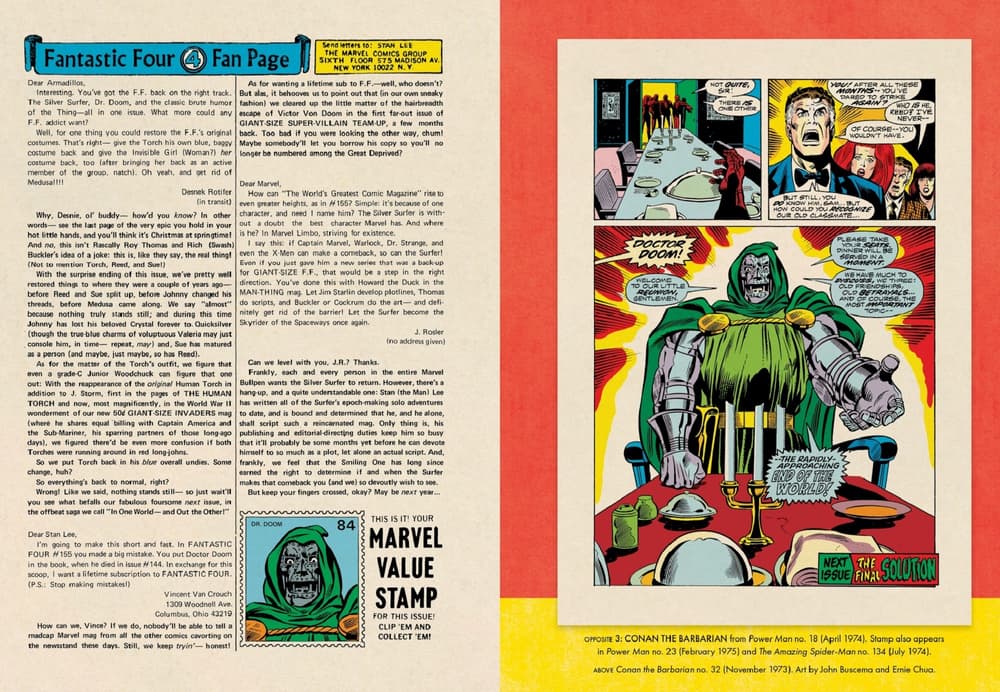
What are your personal takes on the connection between comic fans and that “completionist” collectors' mindset?
ROY THOMAS: Comics fans, the more enthusiastic they are or become, tend to become completists... whether it's collecting every issue of a series, every appearance of a character, or every Marvel Value Stamp.
CHARLES KOCHMAN: As a completionist collector myself, there’s something about going all in on your passion. Most comics fans I know share this trait—if we read a comic and enjoy it, we want to read the next one and the next—and anything tangentially related. It’s no different than those who watch TV shows. But I am not one to keep comics in slabs or even plastic bags. To me, comics are for reading. My most valuable comics—at least, to me—are those from my childhood. They are all well read and well-worn and would not grade all that high. But I wouldn’t trade them for copies in better condition. I don’t want to worry about my comics. I want to easily enjoy them.
